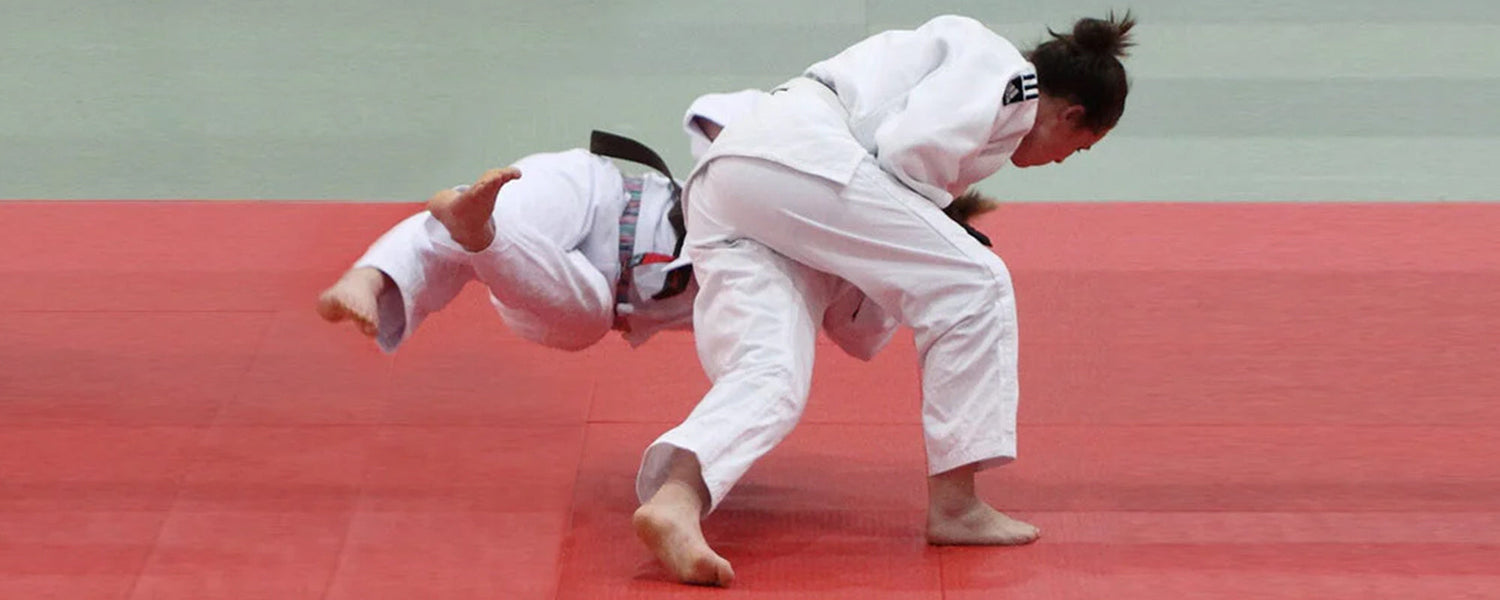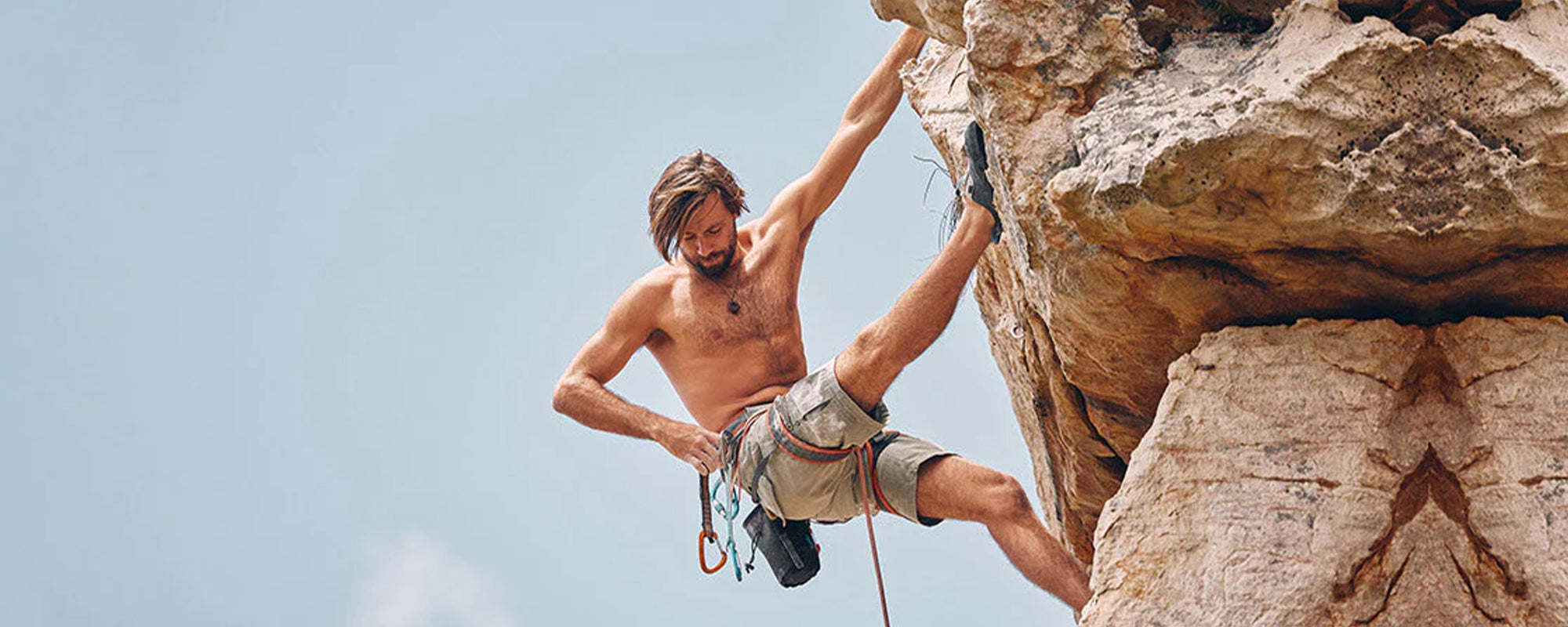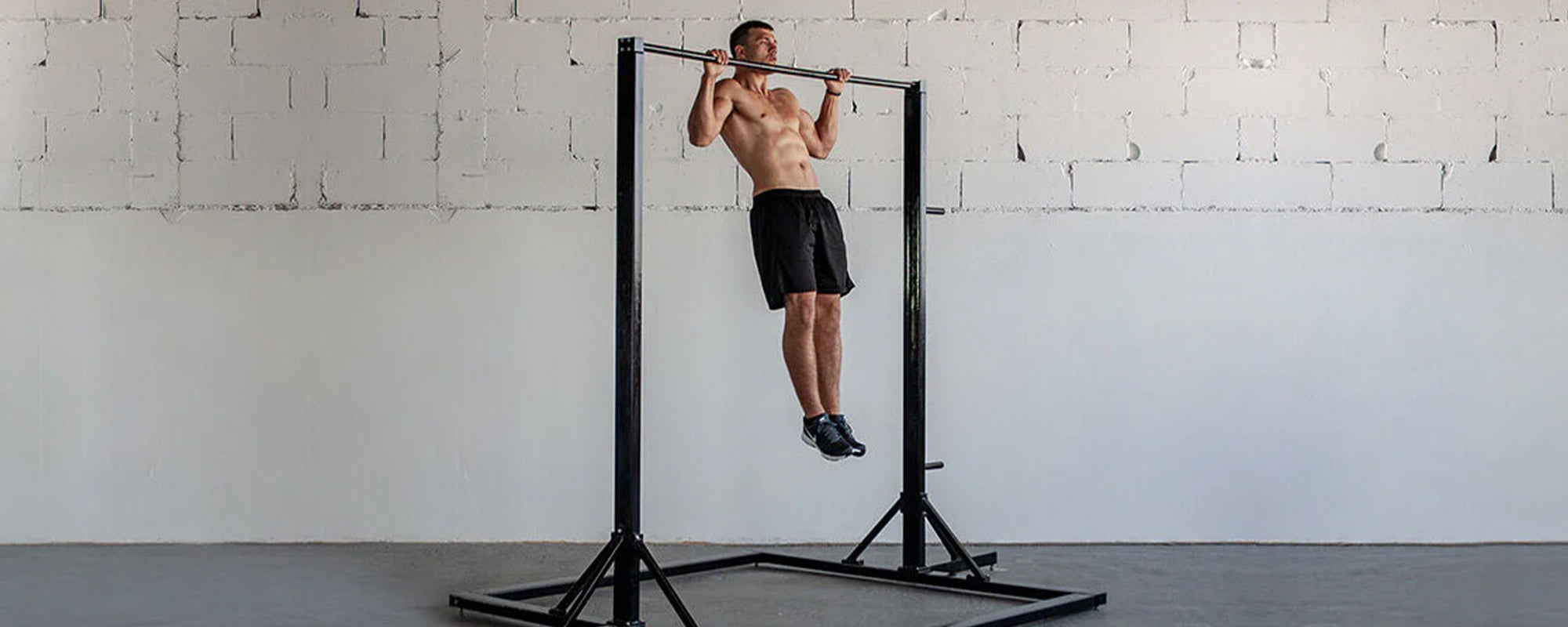Table of content
Have you ever thought about using BJJ techniques in judo? Judo and Brazilian Jiu-Jitsu are two popular martial arts with a common origin and emphasize grappling and ground fighting. Imagine the benefits of combining Japanese and Brazilian Jiu-Jitsu for your body and mind.
This article provides easy judo techniques to incorporate into your BJJ strategy to become a more well-rounded fighter.
1. What is Judo, and Why Use Its Techniques in BJJ?
Judo is a Japanese martial art created in 1882 by Jigoro Kano. It is a grappling-based sport that emphasizes throws and takedowns. Some Judo techniques are often used in Brazilian Jiu-Jitsu since it is also a sport that focuses on grappling.
There are many benefits to using judo techniques in BJJ. For one, judo techniques can help take an opponent down to the ground, where almost all BJJ fights end up. Additionally, judo techniques can help you control an opponent's movements on the ground.
2. Some Useful Judo Techniques for Your BJJ Game
Judo is known for being a competitive sport and involvement in mixed martial arts. Judo techniques use an opponent's momentum against them, which can be applied in stand-up and ground fighting.
Here are examples of possible Judo techniques compatible with BJJ:
2.1. O-Goshi/Hip Throw
The hip throw can be performed from a standing or guard position. A hip throw can take an opponent down to the ground.
To perform the hip throw, you must first get a good grip on the opponent. You will then have the leverage to lift the opponent over their hip, using their momentum to throw them to the ground.
The hip throw is a very effective takedown in BJJ, allowing you to take down the opponent with little effort. However, this technique does require strength and athleticism.
2.2. The Clock Choke
The clock choke is one of the most basic judo techniques. It is also known as the hadaka-jime, which means "choke from the back." This technique allows you to control an opponent and can be applied in Gi and No-Gi BJJ.
The clock choke is performed by placing one arm around the opponent's neck and grabbing the belt or lapel with the other hand. You then step behind the opponent and applies pressure to the carotid arteries, cutting off blood flow to the brain.
The clock choke is suitable for submission grapplers looking to add to their arsenal. Moreover, it can be applied from a standing or guard position.
2.3. Morote seoi nage
Morote seoi nage is a shoulder throw that can take an opponent down to the ground. The throw can be done with either one or two hands but is most commonly done with two hands.
To execute morote seoi nage, you first grab the opponent's lapels with both hands. You then pull the opponent forward and off balance before throwing them over your shoulder. The opponent's back should land on the mat first, followed by the head and shoulders. This technique can be used for self-defense as it can quickly subdue an attacker trying to harm you.
2.4. Ouchi-gari
Ouchi-gari means "big inner reap" in Japanese. This move involves you using your leg to sweep the opponent's leg. This sweeping technique can throw an opponent off-balance and send them tumbling to the ground.
Ouchi-gari can be done with either leg but is most commonly done with the stronger leg, known as the "Tsuki" leg in Japanese. You first must get close to your opponent and establish kuzushi, or balance breaking. Then step to the side with the Tsuki leg and insert it between the opponent's legs. From here, use your hips and upper body to lift the opponent and throw them to the ground.
2.5. Osoto-gari
Osoto-gari, also known as the "big outer reap," is a technique to take down an opponent by sweeping the leg out from under.
This move has multiple applications in BJJ, but the most common is to grip the sleeve of the opponent's gi with your right hand and the belt with your left hand. From here, step forward with your left leg while at the same time sweeping out from under with your right leg.
Another way to execute this technique is by gripping the back of the opponent's uniform near the neckline with both hands. You will then step forward with your right leg and sweep out from under with your left leg.
2.6. Deashi-barai
Deashi-barai involves sweeping an opponent's leg from under them. This technique aims to throw the opponent off-balance before throwing them to the ground. This technique can be used to counterattack or take the offensive.
Deashi-barai can be executed from a standing or crouching position. To execute this technique, you must extend the leg and sweep the opponent's leg from under them.
You then follow through with the momentum and throw your opponent to the ground. This technique requires timing and precision to execute correctly.
2.7. Kosoto-gari
Kosoto-gari is one of the first techniques judo practitioners learn. The word "kosoto" means "small outer reap," and "gari" means "throw." So, kosoto-gari is a throw that requires using your leg to sweep your opponent's leg out from under them.
This technique is usually performed by gripping your opponent's lapel with your right hand and the sleeve with your left hand. You then step forward with your right leg and slide it behind your opponent's left leg. At the same time, you pull the lapel and the sleeve to put the opponent off-balance.
To execute kosoto-gari, most power comes from your legs and hips. This can be done by shifting your weight to one side and suddenly throwing your opponent off-balance while keeping your body low. As you make contact with your opponent, you should grab the leg with your closest arm and sweep outwards with your farther arm.
2.8. Okuri-ashi
Okuri-ashi, also known as "sliding footwork," is a technique that involves swiftly moving your feet in a sliding motion to avoid or counter an opponent.
Okuri-ashi can quickly close the distance between you and your opponent or lets you put distance to get out of range. This technique can also help you set up attacks. For example, you can use okuri-ashi to close the distance and throw your opponent with an ippon seoi nage (one-arm shoulder throw).
This technique is helpful for BJJ practitioners who want to improve their footwork and learn how to control spacing during a fight. Okuri-ashi can also help you perfect timing and precision in your attacks.
2.9. Tai-otoshi
In Brazilian Jiu-Jitsu, tai-otoshi is one of the most commonly used throws. It is a hip throw that can be executed while standing or kneeling. The name Tai-otoshi means "body drop" in Japanese.
The key to executing this throw is to throw your opponent off-balance properly. This can be done by using various grips and body positions. Once your opponent is off-balance, you need to sweep the leg out from under them and then drop your hips to stomach level.
Your opponent will be lifted off their feet and thrown onto the ground if done correctly. From here, you can transition into different submission holds or maintain the dominant position.
3. How Do You Use Judo Techniques Effectively in BJJ?
There are a few things to keep in mind if you want to learn how to use judo techniques in BJJ effectively:
- First, judo is about using your opponent's momentum against them. This means you need to be able to read and anticipate your opponent's moves.
- Second, judo techniques are meant to throw your opponent off-balance.
- Third, judo techniques rely on leverage to gain an advantage and execute any technique correctly.
4. Tips to Get Started with Judo Techniques in BJJ
If you want to improve your BJJ game, you may want to consider the following tips:
- Have proper posture and body alignment
- Attack the opponent's weak points
- Use leverage to your advantage
- Stay calm and composed during a match
- Use proper breathing techniques
- Visualize your success
- Stay positive and confident
- Be prepared to adjust your strategy on the fly
- Don't let your ego get in the way
- Always learn and improve
5. Things Required to Performing Judo in BJJ
If you're using judo and BJJ techniques, there are a few basic things you'll need:
Judo Gi
A judo gi is heavier and has shorter sleeves and pants. They're also designed to help you maintain your grip on your opponent.
BJJ Gi
A BJJ gi is lighter and has long sleeves and pants. They're also designed with tighter fabric, making it easier to pull off submissions.
Mouth Guard
A mouth guard will protect your teeth and gums from damage.
Rash Guard
A rash guard is a type of shirt that helps prevent friction burns. They're often worn under the gi but can also be worn on their own.
MMA Gloves
MMA gloves are optional but helpful since the extra padding will help protect your hands.
Remember to train safely and always respect your training partners.
6. Bottom Line
Having a diverse skill set and knowing multiple techniques for your BJJ strategy is good if you keep practicing and performing them to suit your specific fighting style better. Most BJJ practitioners use judo techniques because they are similar to BJJ techniques.
Judo techniques can help set up takedowns, sweep your opponent, and change position. You can start incorporating any of the above-mentioned techniques and improve your performance with some practice.
Photo Credit: @wikipedia













Leave a comment
This site is protected by hCaptcha and the hCaptcha Privacy Policy and Terms of Service apply.